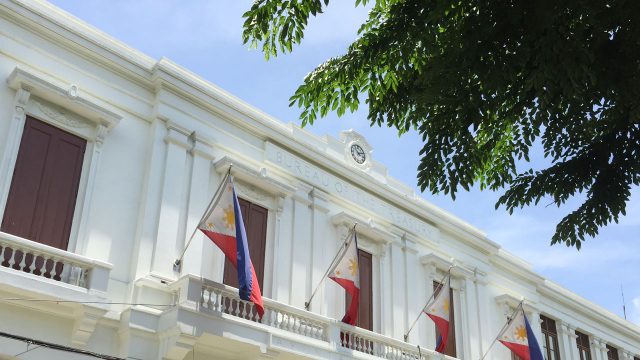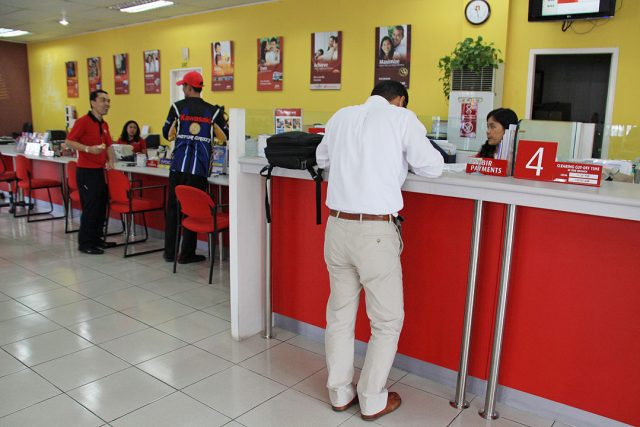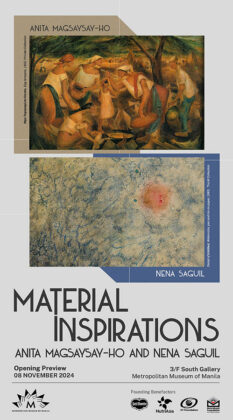(Part 7)
As we have seen in the previous columns in this series, manufacturing employment is a better predictor of economic development than manufacturing output. In fact, even today as much as 24% of the labor force in Germany is still accounted for by manufacturing (although it is less than 10% in the US). It has become, however, more difficult for emerging markets like the Philippines to sustain manufacturing employment shares as their incomes rise.
As was empirically shown by the ADB study of Dr. Jesus Felipe et al, the scope for the growth of employment in manufacturing is being limited by certain structural forces in global trade and investment as well as by the increasing awareness of the carbon footprint of many industries, and the possible restrictions on carbon emission to avoid the negative effects of climate change.
Thus, we need to consider whether economies like the Philippines today can get rich by shifting to services without achieving high employment shares in manufacturing.
The verdict is still that there have not been examples of economies that have accomplished this feat. In fact, many Latin American economies have gotten stuck in the so-called “middle-income trap” because of their failure to truly industrialize. The Philippines must do everything possible to raise its manufacturing employment share at least to double its present level of 8% of total labor force.
We must, however, have a Plan B if all our best efforts fail.
There is still hope that because of our demographic dividend in a world of shrinking and aging populations we may aspire to be the first exception. There is a growing array of new services and service delivery modes, some of which have high economies of scale, that could possibly help us to attain high-income status even if our manufacturing share of employment continues to be below our target.
With all of its serious social costs, there is the phenomenon of our more than 10 million Overseas Filipino Workers who contribute to the GDP through their remittances of almost $40 billion annually. These are predominantly service workers.
Then another 10% of our GDP can be attributed to the very resilient IT-BPM sector. Our close exposure to this sector makes it possible for us to be a pacesetter in the so-called Industry 4.0 or IR 4.0.
Continuing to quote from the blog of Eric Howard (“The Evolution of the Industrial Ages: Industry 1.0 to 4.0”), the boom in the internet and telecommunications industry in the 1990s revolutionized the way people connected and exchanged information. It also resulted in paradigm changes in the manufacturing sector and traditional operations merging the boundaries of the physical and virtual worlds. Cyber Physical Systems (CPSs) have further blurred this boundary, resulting in numerous rapid technological disruptions in the industry. CPSs allow the machines to communicate more intelligently with each other with almost no physical or geographical barriers. Many of the new technologies that make possible the advent of the so-called smart machines, such as Artificial Intelligence, the Internet of Things (IoT), robotization, and Data Analytics are really part of the service sector. Thus, those applying these new technologies can be considered as service workers and not part of the manufacturing labor force.
According to Wikipedia, the phrase “Fourth Industrial Revolution” was first introduced by a team of scientists developing a high-tech strategy for the German government. Klaus Schwab, executive chairman of the World Economic Forum (WEF) introduced the phrase to a wider audience in a 2015 article published by Foreign Affairs. Schwab includes in this fourth era IR 4.0 technologies that combine hardware, software, and biology (cyber-physical systems) and gives the highest importance to advances in communication and connectivity. Among the emerging technologies that characterize IR 4.0 are robotics, artificial intelligence, nanotechnology, quantum computing, biotechnology, the Internet of Things, decentralized consensus, data analytics, fifth generation wireless technologies, 3D printing, and fully autonomous vehicles.
There is no question that the manufacturing sector is already a major beneficiary of IR 4.0. CPSs are used to share, analyze, and guide intelligent actions for various processes in industry to make machines smarter. These smart machines are enabled to continuously monitor, detect, and predict faults to suggest preventive measures and remedial action. This allows better preparedness and lower downtime for industries. The same dynamic approach can also be applied to other aspects of the industrial process such as logistics, production scheduling, optimization of throughput times, quality control, capacity utilization and efficiency boosting. CPSs also allow an industry to be completely virtually visualized, monitored, and managed from a remote location, thus adding a new dimension to the manufacturing process. It puts machines, people, processes, and infrastructure into a single networked loop making the overall management highly efficient. It must be pointed out that strictly speaking, the visualization, monitoring and management of the processes from a remote location (done by BPO-IT) are already part of the service sector. That is where the Philippines has a significant competitive advantage as long as we address our serious crisis in the quality education of our youth.
In the recent BusinessWorld Anniversary Report (Sept. 9), Dominic Vincent Ligot, founder of Cirrolytix and research consultant for the IT-BPM Association of the Philippines, remarked that the Philippines has to significantly increase its talent pool of cybersecurity experts to help boost the country’s resilience against cyberattacks in order to attract more foreign investors. This risk is faced by all major countries that are quite advanced in their adoption of IR 4.0. Secretary Frederick Go of the Presidential Office for Investment Affairs is actually targeting the upskilling, reskilling, and retooling of workers so that we can produce 300,000 additional experts in cybersecurity in the next three years or so. Mr. Ligot said this is possible if we promote closer links between the academe and industry. These experts can be trained in non-degree programs which can target as participants some of those among the 1.7 million working for the IT-BPM sector who are most at risk of being made redundant by Artificial Intelligence and Robotization (e.g., contact center workers).
Another big increase in demand in the IR 4.0 sector will be for data analysts and data scientists. These are the types of knowledge intensive workers who can be as productive or even more productive than manufacturing workers and thus enable the Philippines to attain high-income status even if we fail to raise our manufacturing labor force to the desired 16-18%. I must point out, however, that with the present composition of the IT-BPM sector, 60% of the revenues still come from the less knowledge-intensive contact centers, and thus results in lower labor productivity than manufacturing. A quick calculation I made using the IT-BPM revenue of $35 billion, an average exchange rate of P57 to one US dollar, and a labor force of 1.7 million resulted in a labor productivity figure for the IT-BPM sector 38.4 times that of the agricultural sector — still below the 50.8 times of manufacturing. This could change if we employ the workers in the IT-BPM sector, less and less in contact centers but more and more in knowledge-intensive work like cybersecurity, data science, business analytics, telemedicine, animation, game development, legal documentation, etc. In fact, Domnic Ligot of the IT-BPM Industry Association actually reported that the Philippines could emerge as a beneficiary of job cuts due to AI in developed countries like the US. It is highly probable that outsourcing might actually accelerate hand-in-hand with the AI trend.
Obviously, this Plan B will not work if we fail to address the existing crisis in the quality of education that o ur public schools impart to the Filipino youth. It is of the utmost importance that the leaders of the business and academic communities work very closely with Secretary of Education Sonny Angara in coming out with the solutions to this problem, as they are already doing through the Philippine Business for Education Foundation.
It is also important that the government increase the budget for public education closer to 6% of GDP, comparable to what our ASEAN neighbors are spending. Recently, on Sept. 11, Mr. Angara, in a budget hearing at the House of Representatives, declared that some P500 billion is needed in the 2025 budget to give public school teachers a salary hike of P15,000 monthly.
Bernardo M. Villegas has a Ph.D. in Economics from Harvard, is professor emeritus at the University of Asia and the Pacific, and a visiting professor at the IESE Business School in Barcelona, Spain. He was a member of the 1986 Constitutional Commission.
bernardo.villegas@uap.asia





















